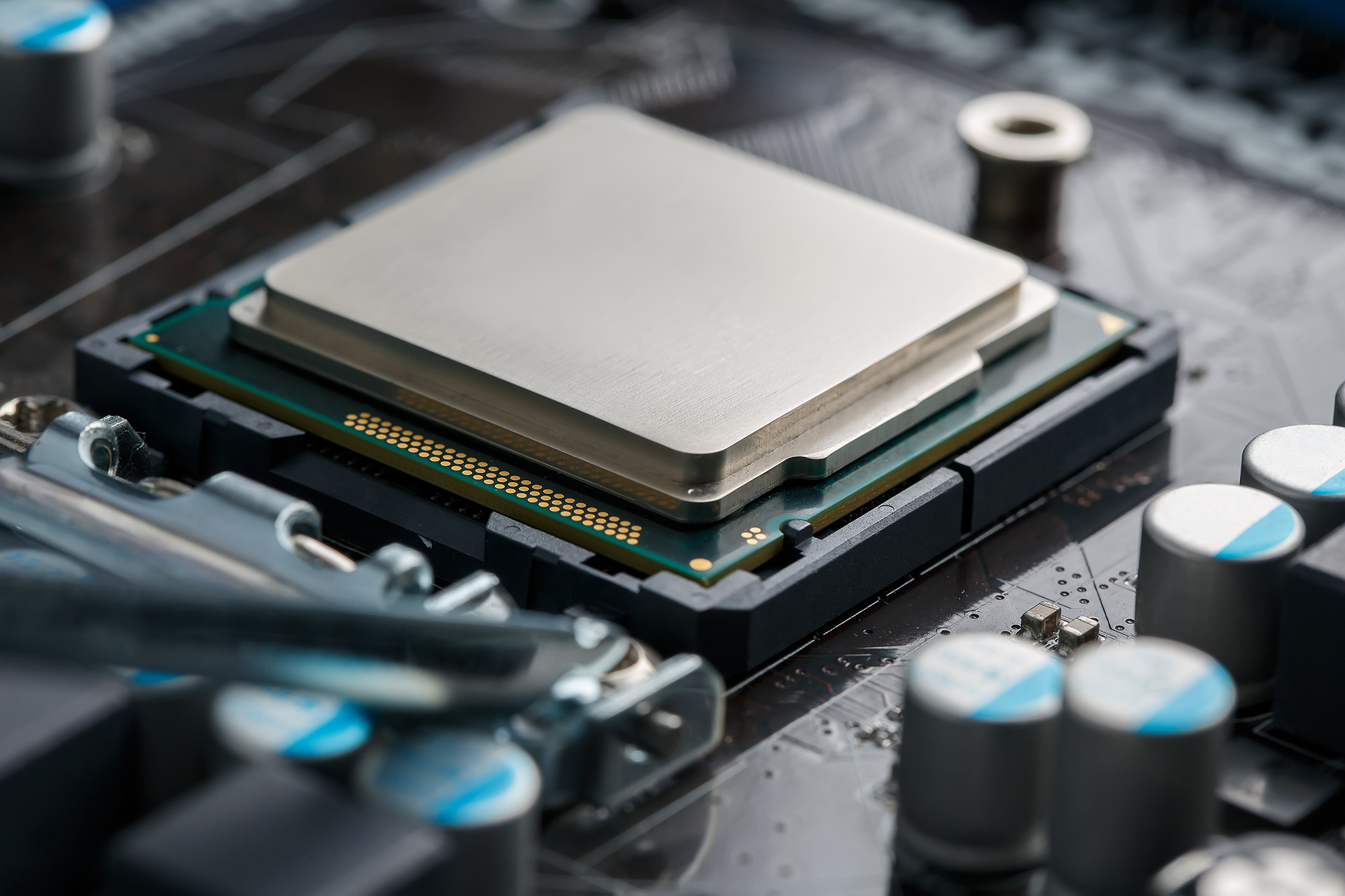US won't restrict exports of 'mature chips' to China — processors using 28nm or older tech will be free from sanctions
28nm and older is okay for China.

The U.S. government won't be extending its semiconductor export restrictions on China to "mature chips or legacy chips," per a Nikkei interview with the Assistant Secretary for Export Administration. This means that, for now, chips made on mature nodes (usually defined as 28nm or older) won't be subject to sanctions like processors made with more advanced technology.
At a press event at the U.S. embassy in Tokyo, Thea D. Rozman Kendler, in her capacity as Assistant Secretary for Export Administration, stated there was "no interest in expanding [export restrictions] further to mature chips or legacy chips." This decision comes after the Department of Commerce said it would consider putting sanctions on legacy processors in December over concerns that China was flooding the market with cheap chips the West couldn't compete against.
After surveying over 100 companies in several industries, the Commerce Department concluded it wouldn't be putting sanctions on legacy chips, at least for now. When explaining the Department's decision, Kendler said, "We've tried very hard to make sure that our semiconductor controls are as narrow as possible to make sure that we are addressing only our national security threat and nothing more."
Kendler also hinted that a factor in this decision was the U.S.'s reliance on Chinese-manufactured chips, saying the point of the survey was "to make sure that we have supply chain resilience." The implication is that if sanctions were placed on legacy chips, it could cause a shortage of simple but important processors used for a wide range of devices, such as electronics and cars. Clearly, the Department of Commerce won't pursue sanctions that could have significant collateral damage.
This means at least for now, U.S. sanctions will only impact silicon using more advanced nodes. These sanctions have forced Nvidia to downgrade its 8nm and 4nm GPUs twice to be legally compliant. Additional sanctions also aim to prevent China from obtaining Western technology that can be used to produce chips on 7nm nodes or smaller, but apparently, they haven't been entirely effective. Chinese foundry SMIC is reportedly developing its own 5nm and 3nm nodes, and if successful would be a massive hole in U.S. sanctions.
Get Tom's Hardware's best news and in-depth reviews, straight to your inbox.

Matthew Connatser is a freelancing writer for Tom's Hardware US. He writes articles about CPUs, GPUs, SSDs, and computers in general.
-
phead128 For reference, the most advanced fighter jet in the world, the stealthy F-35 is powered by 90nm nodes.Reply
So the whole premise of pre-empting China military modernization by letting 28nm and larger, but not 14nm and smaller is a complete misdirection. You can field really advanced fighter jets with 90nm technology. -
Notton Correct me if I'm wrong, but I thought the point of restricting node size was to prevent China from acquiring better super computers for AI.Reply
Like cyber warfare stuff, rather than projectiles. -
Co BIY Might see some interesting large chips developed at 28nm.Reply
Mature nodes are economically the sweet spot on per transistor cost so there are possibilities here. Backporting is also a possibility.
On the cynical side this also undercuts local firms having a base market in mature nodes from which to finance development of the targeted advanced tech. -
phead128 Reply
Well Huawei's 910B is equivalent in performance to Nvidia's A100, at a fraction of the cost. H100's are more powerful than 910Bs, but we'll see what Huawei releases next now that it has 7nm/5nm capabilities. The train to restrict China's tech progress is long past.Notton said:Correct me if I'm wrong, but I thought the point of restricting node size was to prevent China from acquiring better super computers for AI.
Like cyber warfare stuff, rather than projectiles. -
kwohlt Reply
SMIC is reliant on stockpiled old AMSL DUV machines from before sanctions.phead128 said:Well Huawei's 910B is equivalent in performance to Nvidia's A100, at a fraction of the cost. H100's are more powerful than 910Bs, but we'll see what Huawei releases next now that it has 7nm/5nm capabilities. The train to restrict China's tech progress is long past.
There's only so many patterns you can do before yields halt further progress. It's not wise to underestimate China's tech sector, but you seem to be underestimating the future issues their fab industry is going to have with little to no EUV access.
As a result of current lack-of-access to EUV, SMIC's 7nm is already estimated to be 50% more expensive than TSMC N7 with 1/3 the yield - and this gap will only widen with each successive node -
phead128 Reply
I read that SMIC's 7nm is +70% yields based on Dylan Patel and Paul Triolo.kwohlt said:SMIC is reliant on stockpiled old AMSL DUV machines from before sanctions.
There's only so many patterns you can do before yields halt further progress. It's not wise to underestimate China's tech sector, but you seem to be underestimating the future issues their fab industry is going to have with little to no EUV access.
As a result of current lack-of-access to EUV, SMIC's 7nm is already estimated to be 50% more expensive than TSMC N7 with 1/3 the yield - and this gap will only widen with each successive node -
Joseph_138 Considering how much electronics are made in China, somehow, I think getting around this ban won't be too difficult.Reply -
USAFRet Reply
And the design standards for the F-35 were started 30 years ago.phead128 said:For reference, the most advanced fighter jet in the world, the stealthy F-35 is powered by 90nm nodes.
So the whole premise of pre-empting China military modernization by letting 28nm and larger, but not 14nm and smaller is a complete misdirection. You can field really advanced fighter jets with 90nm technology.
This is to slow future development. -
schwaggins This is what happens when old dinosaurs run the country it doesn't make any logical senseReply